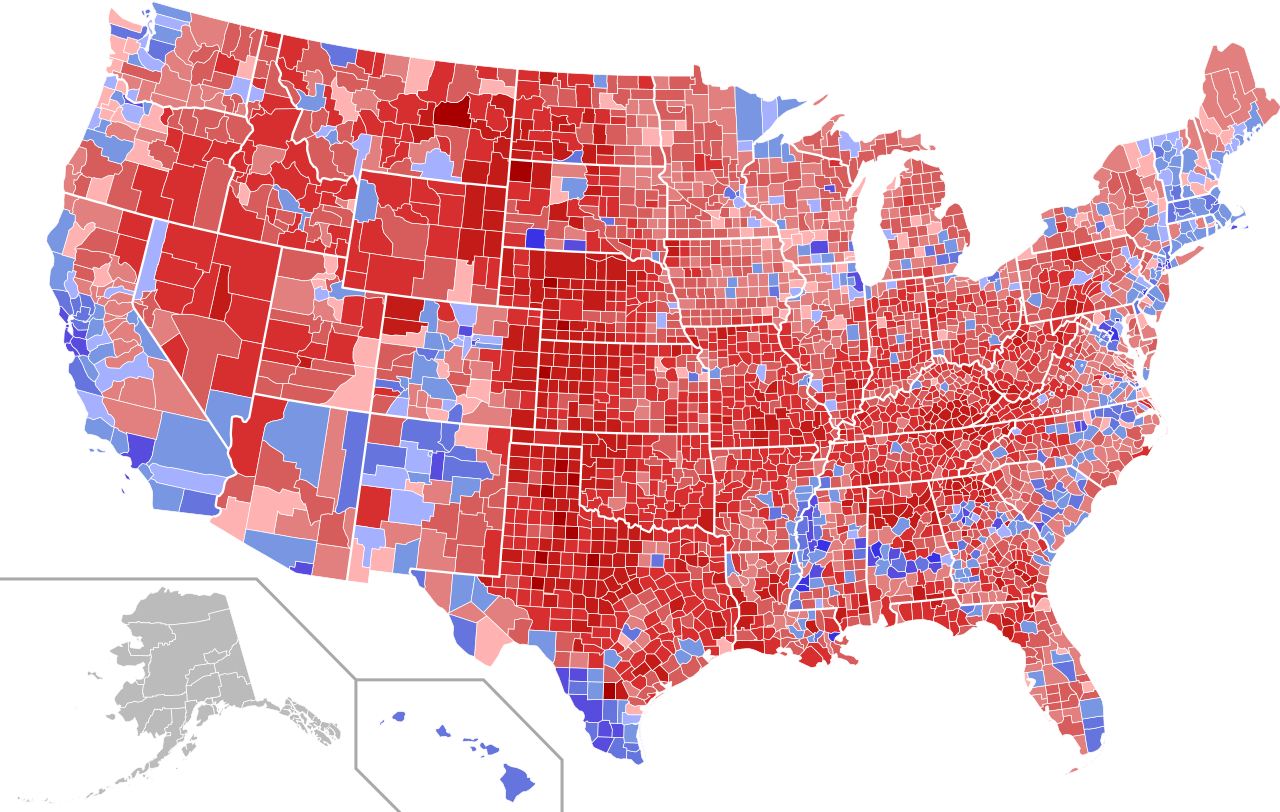Semiosis is second nature
We often cling to pieces of art for matter seemingly unknown to us. It may be the way that the colors swirl together, or the people depicted carry a specific look about them that we can relate to. This can be explained with semiotics, which is the study of symbols and signs and their meaning to those who see them. An excellent example to start with is the Golden Arches, which is the logo for McDonalds. When you see them, it’s easy to imagine the phrase, “I’m Lovin’ It” or just think of eating a Big Mac. If the symbol is powerful enough, it will be indicative of many phrases, meanings and activities that are not explicitly mentioned at all.
The study of communications introduced me to the ideas behind semiosis. Something that grabbed me in my very first communications class, Media and Society, was a semiotic analysis of Bruce Springsteen’s, “Born in the U.S.A” album cover. To the untrained and uninformed eye, the album cover is seething with patriotism. The backside of Springsteen is shown in front of an American flag, with a cap hanging out of his back pocket. These three elements simultaneously sexualize and patriotize him.
However, if the lyrics of the titular song “Born in the U.S.A.” are considered, we can see that the entire theme of the album cover is borderline satirical, as said lyrics are riddled with criticisms of the Vietnam War and overall American Life. Before I learned about semiotic analysis, I assumed that “Born in the U.S.A.” was just a classic rock-n-roll song about the joys of being an American — I never would have guessed that it was critical of them.
Semiotic analysis is something we all do without even knowing what it is. Every piece of media we consume, such as movies, shows, music, and art, all have encoded symbols and meaning waiting to be decoded by the observer. Some are more subtle, and others can be right on the nose.
These subtleties are often products of societal structures, such as masculinity and femininity. In a later communications class, a professor of mine compared the two album covers of 50 Cent’s, “Get Rich or Die Tryin’” and Young Thug’s, “No, My Name is Jeffery” and what they said about masculinity. 50 Cent’s album shows him looking strong and steadfast into the camera, which is in line with the societal structures of masculinity. Young Thug’s, however, shows him with a leg bent up in a dress and covering his face which is often attributed to the societal structures of femininity. While the albums are only 13 years apart, they say vastly different things about the masculinity of the rap genre.
Semiosis is something that has always been in our heads. Everything we do is because of what we’ve seen. We have been so influenced by the media around us that it has turned fads into reality.



